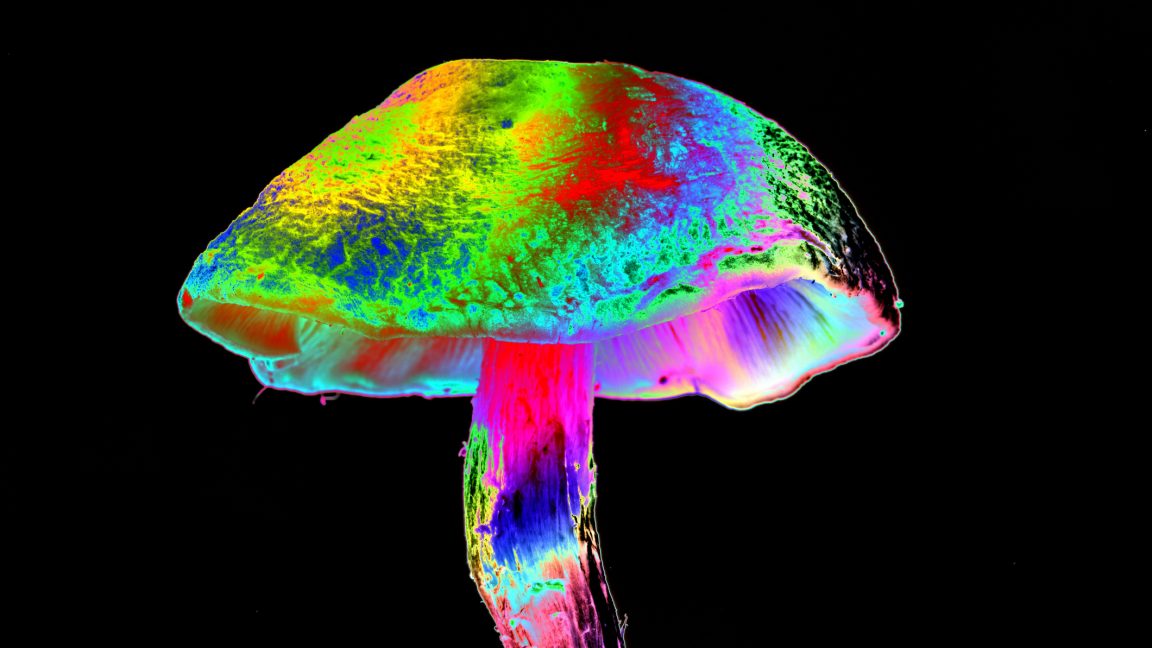Uncovering Nature’s Repeated Trick: How Diverse Mushrooms Converged in Producing the Same Psychedelic Compound

For thousands of years, various cultures have utilized magic mushrooms in spiritual rituals and recreational activities, recognizing their profound psychoactive effects. Recent scientific research has uncovered a fascinating evolutionary development: different mushroom species independently evolved the ability to produce psilocybin, the powerful hallucinogenic compound. This discovery sheds light on the complex relationship between fungi and their environment, as well as the potential medical benefits of these natural substances.
Magic mushrooms contain psilocybin, a prodrug that the human body converts into psilocin, the active compound responsible for psychedelic experiences. Historically, psilocybin gained popularity during the 1960s counterculture movement but was later classified as a Schedule 1 drug in the United States and a Class A drug in the United Kingdom, reflecting its high abuse potential and lack of recognized medical use at the time. This classification significantly hindered scientific research for decades.
In recent years, however, clinical trials have demonstrated promising results: psilocybin has shown potential in alleviating depression, reducing suicidal ideation, and treating chronic anxiety disorders. These findings have reignited interest in understanding how psilocybin is naturally synthesized by fungi, with an emphasis on developing sustainable production methods that could facilitate medical applications.
The new study reveals that unrelated mushroom species, separated by millions of years of evolution, developed similar biosynthetic pathways to produce psilocybin. This phenomenon, known as convergent evolution, indicates that producing psilocybin offers significant ecological advantages—possibly serving as a defense mechanism against predators or competitors, or as a tool for communication within ecosystems.
Understanding the genetic and biochemical mechanisms behind psilocybin biosynthesis opens new avenues for bioengineering and sustainable synthesis. Researchers are now exploring how to replicate and scale up natural production, aiming to make psilocybin more accessible for therapeutic purposes. As this field advances, it promises to reshape perceptions and regulations surrounding psychedelic substances, highlighting their potential as medicine rather than solely recreational drugs.
For more information, consult resources such as the official pharmacology databases and scientific publications on fungal biochemistry and psychedelic research.



